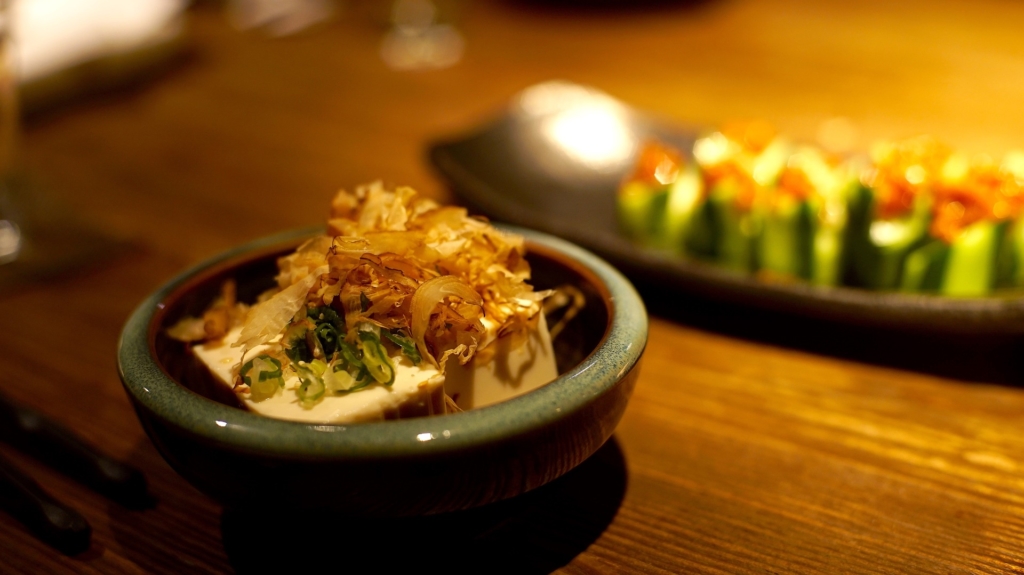If Japan is one of the world’s most sophisticated yet enigmatic countries, Kyoto is its cultural hub, its beating heart.
Kyoto vs. Tokyo
The former imperial capital represents the Japan of our dreams, rich with both magnificent historical sites and ravishing, perfectly tended gardens. Japanese Buddhism and refined cuisine alike grew out of Kyoto, and aesthetic traditions such as the art of Kabuki, the tea ceremony, and samurai blossomed here. Combined, these icons and art forms make Kyoto a vital part of any visitor’s exploration of Asia. They also provide incredible contrast to the skyscrapers and big city feel of Osaka.
Though it’s just a fraction of the size of Tokyo, Kyoto is no mere petite anagram. Beginning in AD 794, Kyoto served as the capital of Japan’s imperial court. The city was laid out in a grid pattern that seated the Imperial Palace facing south, embraced on three sides by muscular mountains.
History of Kyoto

Kyoto, like Japan, was isolated from most of the world for eleven centuries, its seclusion providing fertile ground for the emperor’s intellectual courtiers to paint landscapes and compose poetry. Even after the imperial court moved to Tokyo in 1869, Kyoto remained a pilgrimage for emperors prior to taking the throne—such was its vitality as Japan’s “eternal capital.” During World War II it was put at the top of the target list for atomic bombing by the United States. But in June 1945, the secretary of war, Henry Stimson, had it removed, citing the city’s great cultural importance; while others kept trying to add it back, he successfully kept it off the list. Many believed that, because Stimson had honeymooned in Kyoto, he wanted to keep it safe. Whatever his reasons, Kyoto avoided most bombing during the American air raids that devastated much of Japan.
The conscious sparing of the 2,000-temple city was “a concession to a beauty that seemed to belong not just to Japan but to all of us,” explained longtime Kyoto resident and novelist Pico Iyer.
While older buildings survived through most of the 20th century, industrialization over the last few decades has consumed much of Kyoto’s tangential history, allowing the sites that could be marketed to visitors to flourish while wooden structures that provided an aging backdrop of grace and context to succumb to developers. And yet, the museum-like qualities of the city still showcase the crafts, cuisine, and nuances of Japan better than any other.
When to Visit Kyoto
Kyoto defines its year through the seasons: hot, sweltering summers and frigid, clammy winters are shouldered by a sublime spring and fall, when it’s best to visit. In spring—perhaps the most important season in the city—you’ll see plum and cherry blossoms beautifully lining the streets. Viewing these cherry blossoms is, in fact, such a time-honored tradition that there is a specific name for it, hanami. In fall, it is the orange and crimson leaves that set the scene. And any time of year, the pathways winding through Sagano Bamboo Forest delight; the raked rock garden of Ryoan-ji invites a Zen moment; and the moss garden below the Saiho-ji temple offers lush, padded “rooms” of verdant textures and shapes, lovingly tended by white-gloved caretakers.
Sites to Visit in Kyoto

Seventeen sites are designated as part of the UNESCO World Heritage listing known as Historic Monuments of Ancient Kyoto, including the Temple of the Golden Pavilion—Kinkaku-ji—and the Moss Temple Saiho-ji Buddhist temples. But other locations worth discovering include Fushimi Inari-Taisha, a Shinto shrine with thousands of bright-orange torii gates that create a tunnel along a circuit of paths leading up a hill to an inner shrine. Elegant Ginkaku-ji, the Temple of the Silver Pavilion, is the retirement villa of a shogun that sits above a serene reflecting pond, wrapped by rolling hills that lead to a view over the city. And the city’s official botanical gardens offer a wonderful place to wander as well.
Kyoto is excellent for exploring by pedal or on foot. Locals get around on bikes, and there are paved paths on either side of the scenic Kamo River. Rentals are ubiquitous—just remember to ride on the left. For walks, reach Ginkaku-ji using the Philosopher’s Path, which leads from Nyakuoji-bashi along a flower-lined canal and through gardens to the temple. The path can be crowded during cherry blossom time, but a stroll on a full-moon night could be enchanting.
Lucky visitors may witness one of the city’s most famous visions on the streets of old Kyoto, where geisha glide by—coquettish yet aloof, their hollow wooden shoes clattering gently along the cobblestone lanes as they bustle to a clandestine liaison. Geisha are not prostitutes, as some assume, but are musicians, dancers, and practiced in the art of conversation. You can get a taste of geisha culture through a performance, such as Maiko Dinner Show Yasakadori Enraku, seated on tatami mats. But a fleeting glimpse of a passing geisha, her face exquisitely painted, wearing a kimono of the finest silk, and perched atop towering clogs, will make you swoon.
If an exchange with a geisha is evanescent, your encounters with the cuisine of Kyoto will likely be lasting. A very local meal is the kaiseki ryori, an array of small courses that will include seasonal produce, soup, sashimi, and fried or grilled items. In the upmarket places, you’ll be served in a private tatami room, the food prepared by a Michelin-star chef.
Dining in Kyoto

If you didn’t make a reservation for an upmarket kaiseki restaurant (weeks ahead, please), you might try a venue focused on one of Kyoto’s specialties, tofu, where the humble bean curd is transported to a variety of new destinations. Even tempura, the fried treatment imported by Portuguese missionaries, gets its due in Kyoto. At the best restaurants, such as Tenyu or Yoshikawa, you’ll find it refined in multi-course dinners that expand your perspective on what a little batter and delicate oils can do for exotica, ranging from sea bream to garden eel.
If you can make Kyoto more than a day trip and are interested in an immersive local experience, we recommend staying at a ryokan, a traditional Japanese guesthouse featuring simple tatami-matted rooms and complimentary breakfast. Kyoto is home to some of the oldest family-run ryokan in the country, and a stay in one makes for a wonderful step back into the culture and traditions of the area. To learn more about traveling to Kyoto, click here.
Feature Image: Su San Lee on Unsplash



